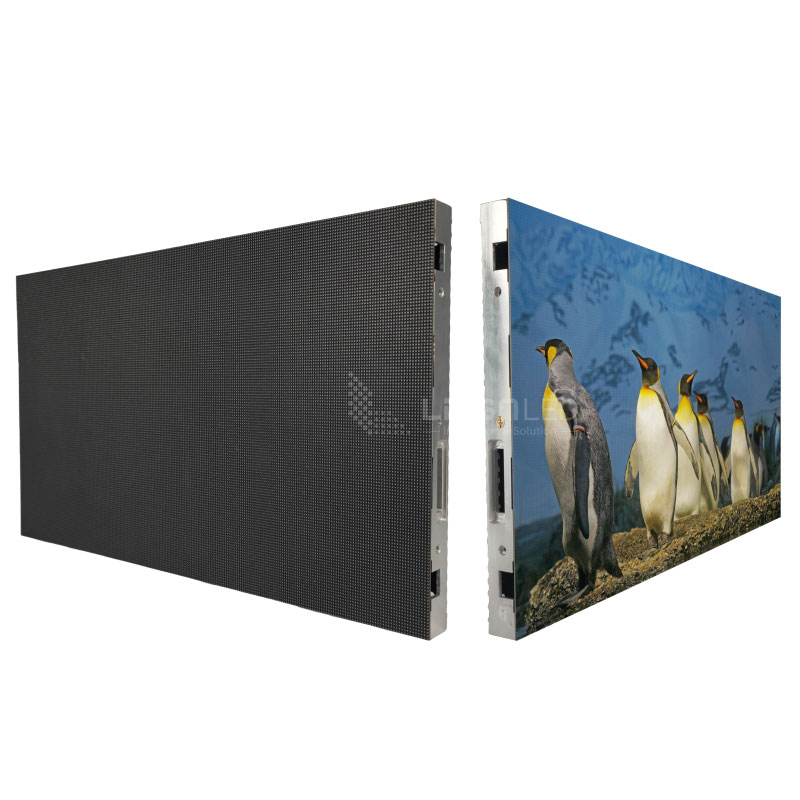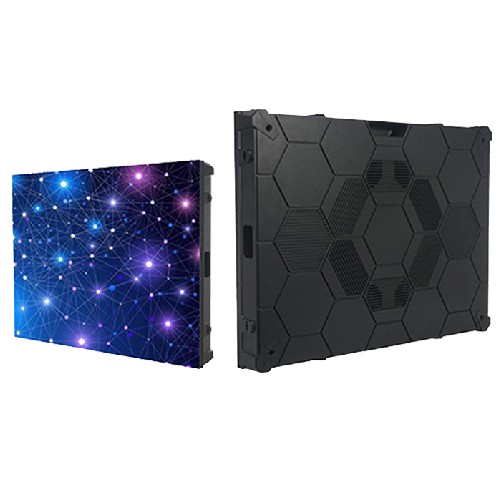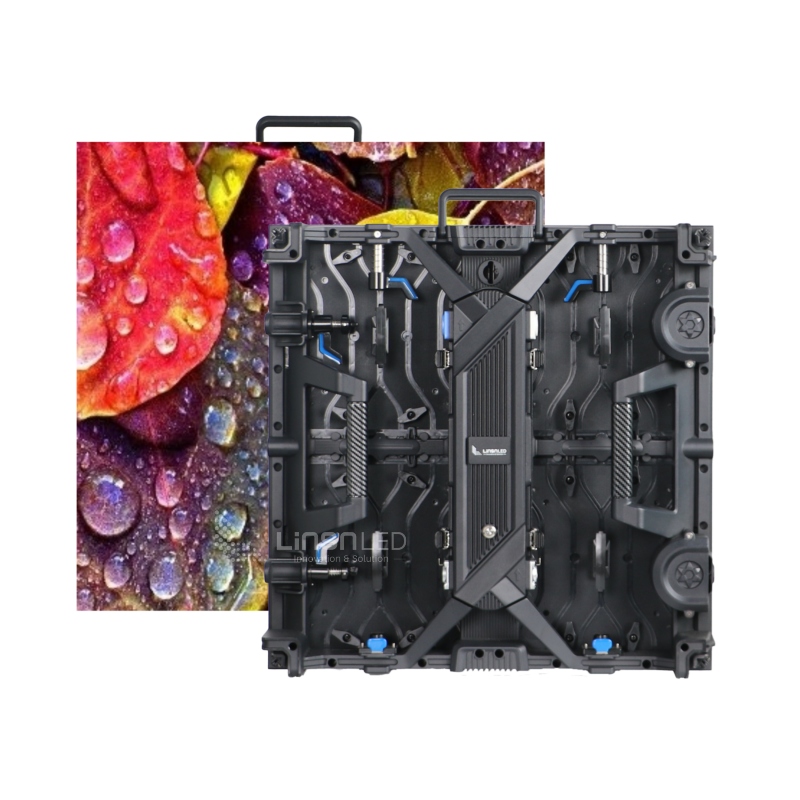COB LED Display
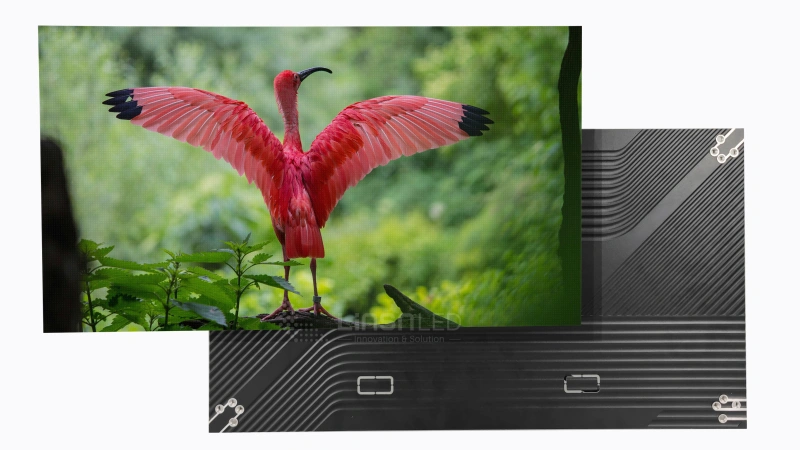
- High protection level
- Ultra HD display with excellent color consistency
- Fine pixel pitch for close-up viewing
- Low power consumption
- Seamless splicing with front maintenance design
- Long service life

Related Products
LedInCloud offers advanced COB LED display solutions designed for high-end indoor applications.
With chip-on-board packaging, our COB series delivers exceptional durability, stunning image clarity, and seamless integration.
What is COB LED Display?
COB (Chip On Board) LED technology represents the next generation of fine-pitch LED display solutions.
By mounting multiple LED chips directly onto the PCB without traditional brackets or soldering, COB displays achieve a more compact structure that improves durability, enhances image quality, and provides better thermal management. This design also reduces potential failure points, making the display more stable for long-term use in demanding environments.
COB vs. SMD: What’s the Difference?
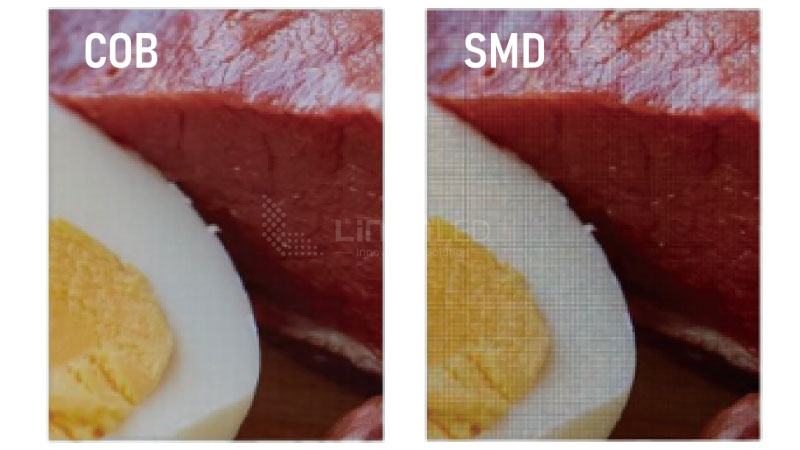
COB technology adopts chip-level integration to deliver smoother, more refined visuals with minimal pixel grain.
The uniform surface creates a softer visual effect, offering a more comfortable viewing experience. This makes COB displays especially suitable for close viewing distances, indoor ambient lighting conditions, and extended viewing periods where eye comfort is a priority.
In COB technology, the LED chip’s electrodes are directly connected to the PCB circuit, ensuring the shortest heat conduction path with no intermediate medium.
This structure results in lower thermal resistance and significantly better heat dissipation. Compared to traditional SMD devices, COB displays operate with higher energy efficiency, reduced power loss, and improved long-term reliability, which is critical for 24/7 applications.

LedInCloud COB LED Display
High-performance COB LED displays with seamless visuals, superior durability, and trusted quality — only from LedInCloud. Designed for modern applications, they combine cutting-edge technology with consistent performance to meet the needs of professional users.
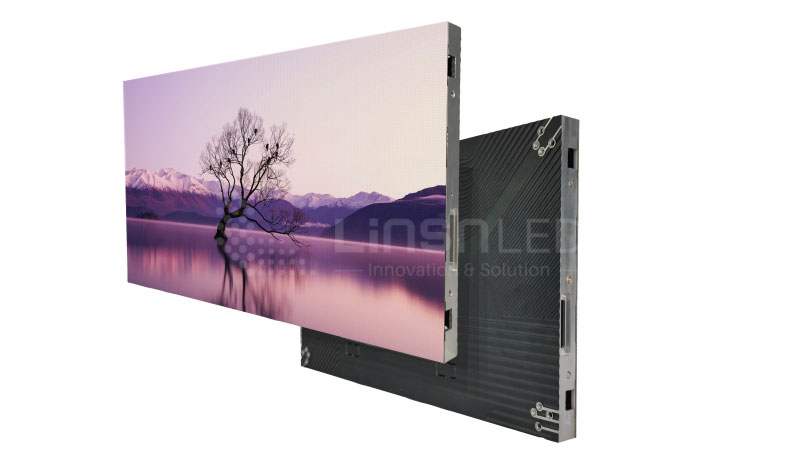
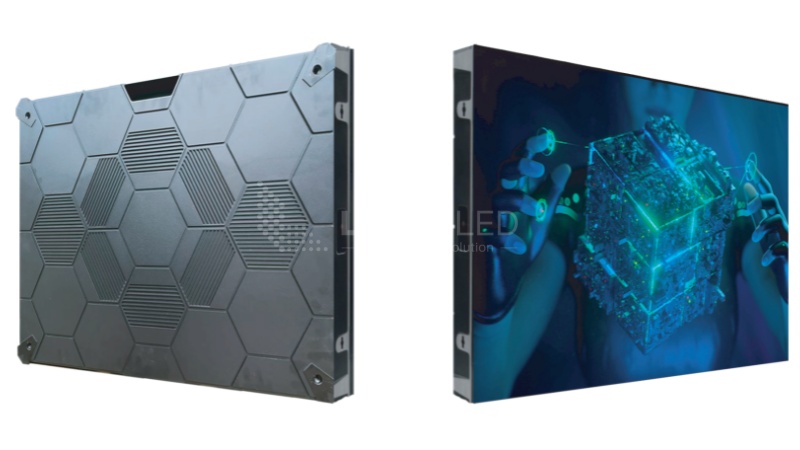
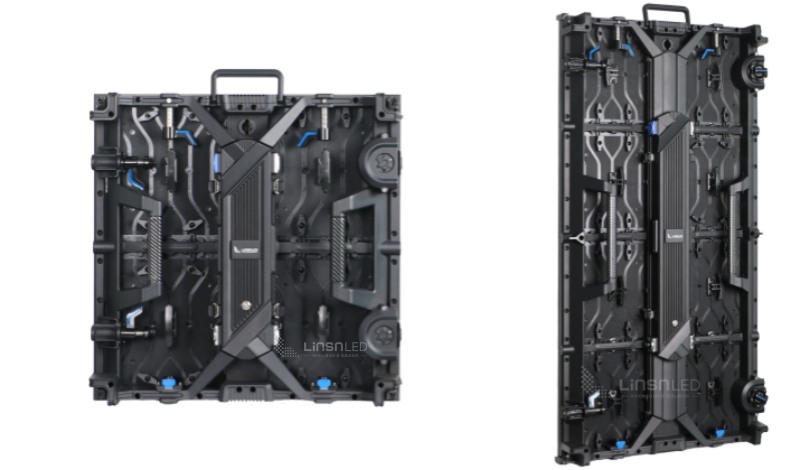
MA600 COB LED Dipslay Images
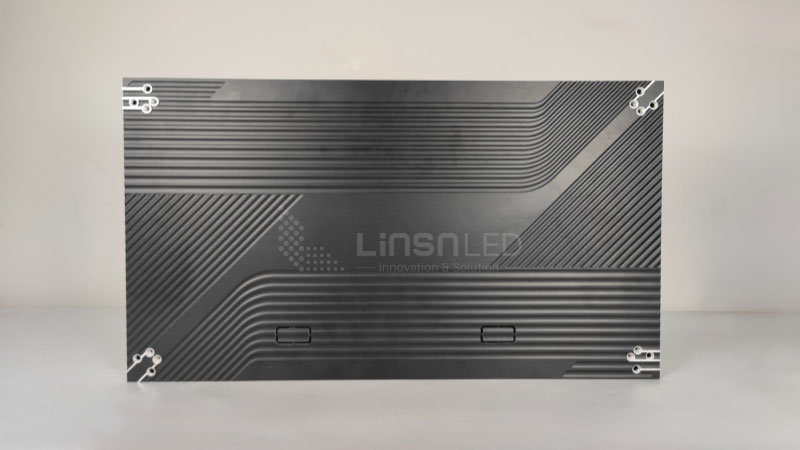
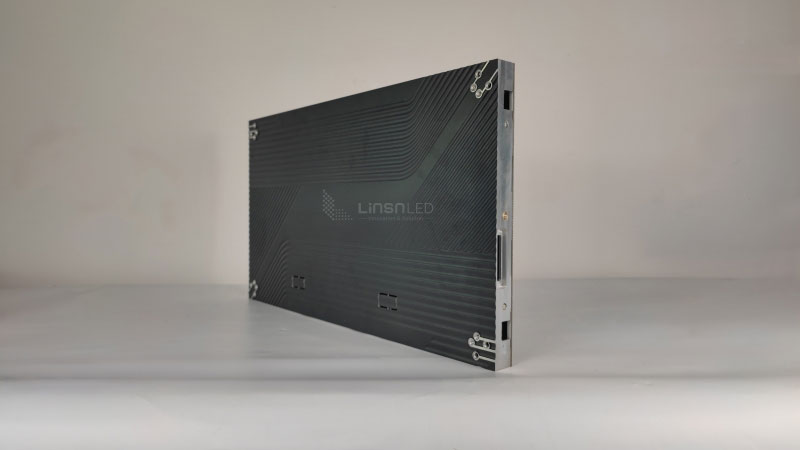

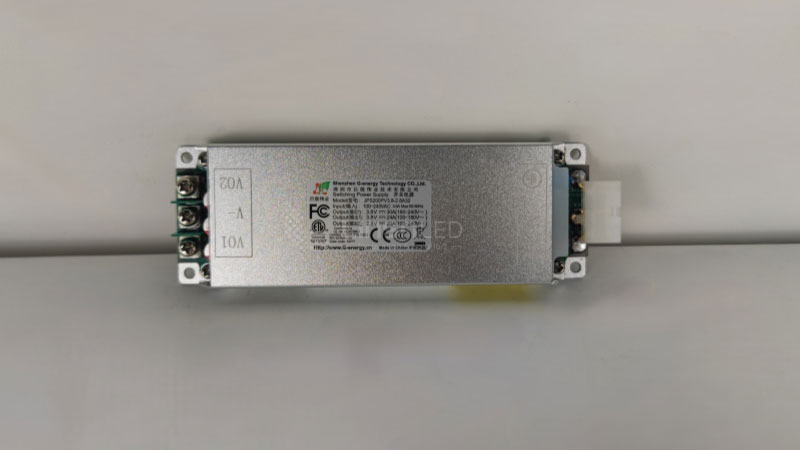
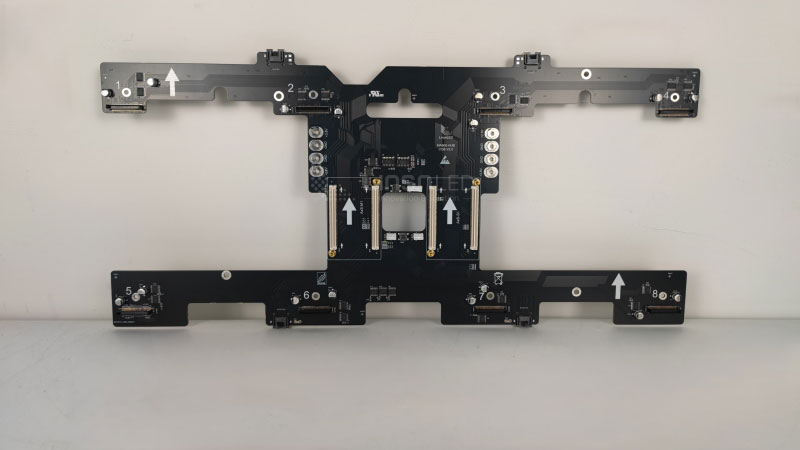
MA600 P1.25 COB LED Dipslay Presentation


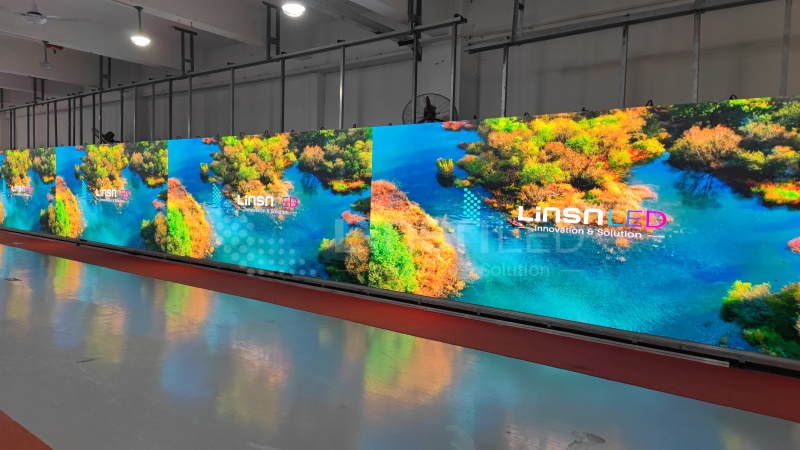
MY500 COB LED Dipslay Presentation
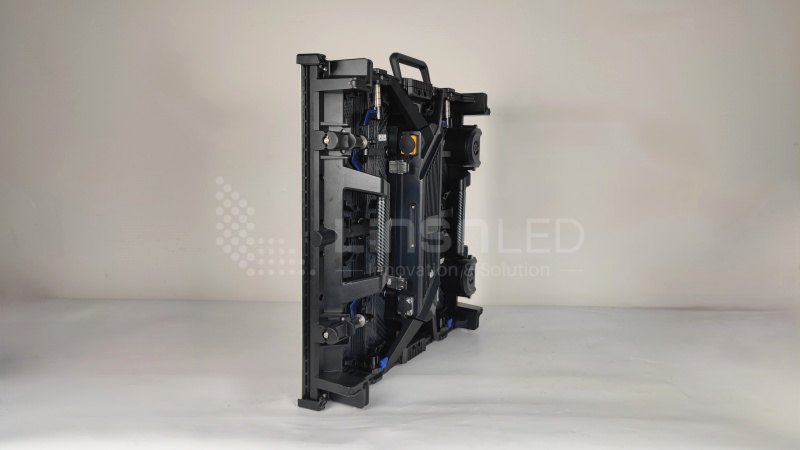
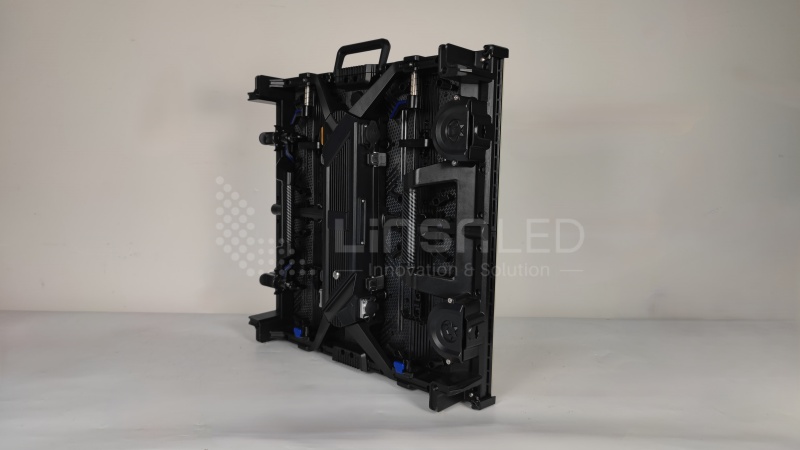
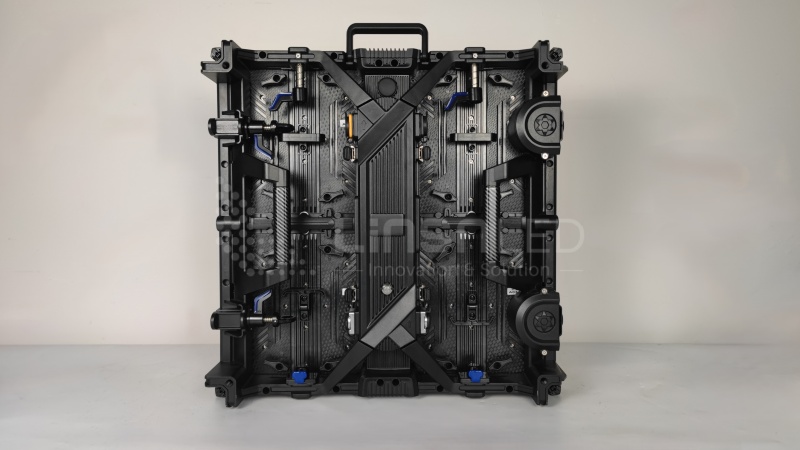
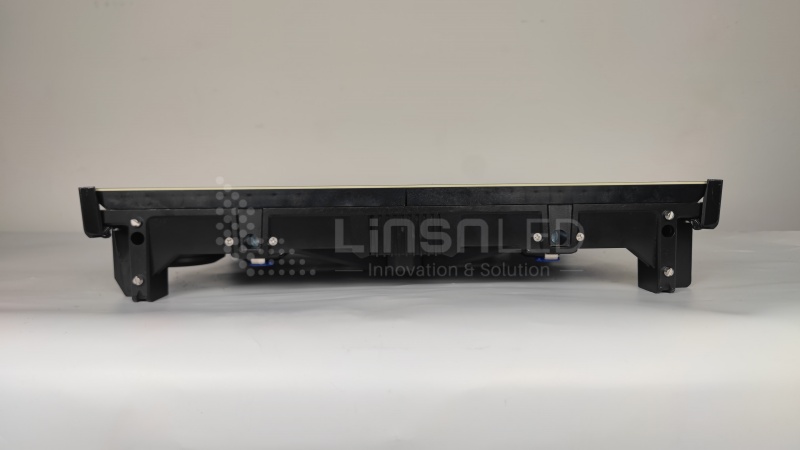
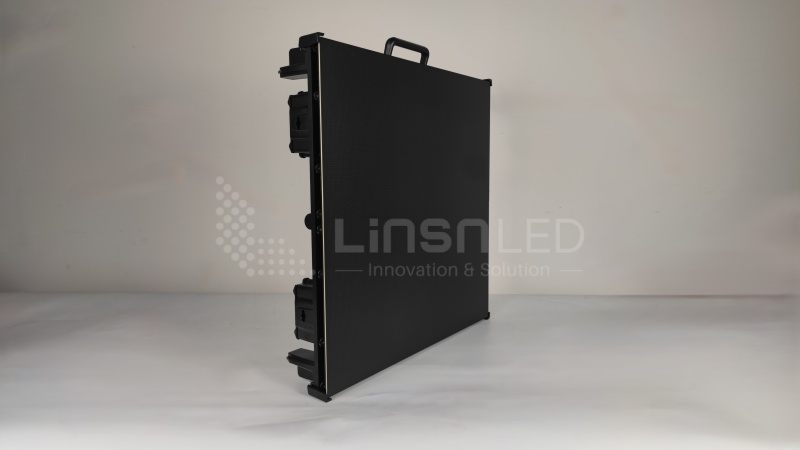
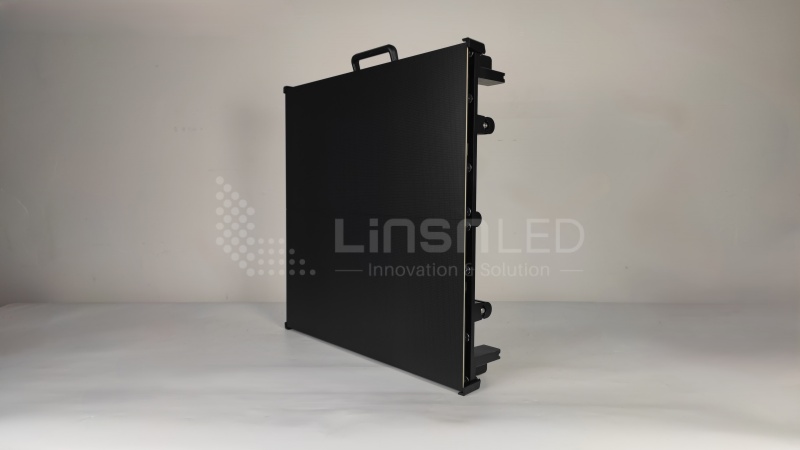
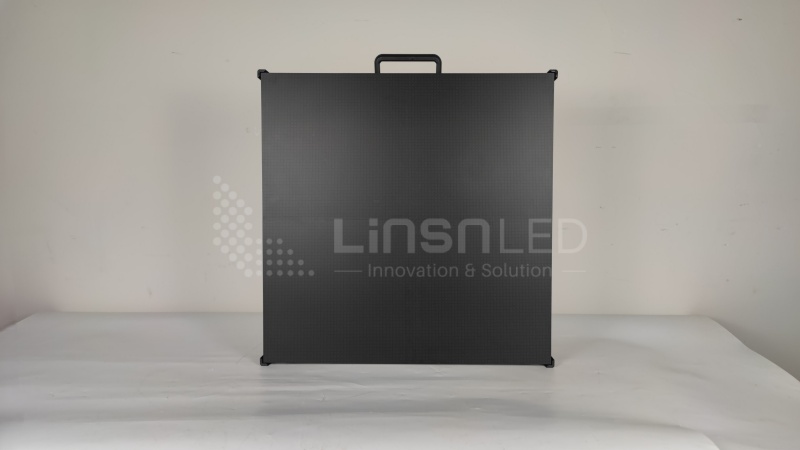
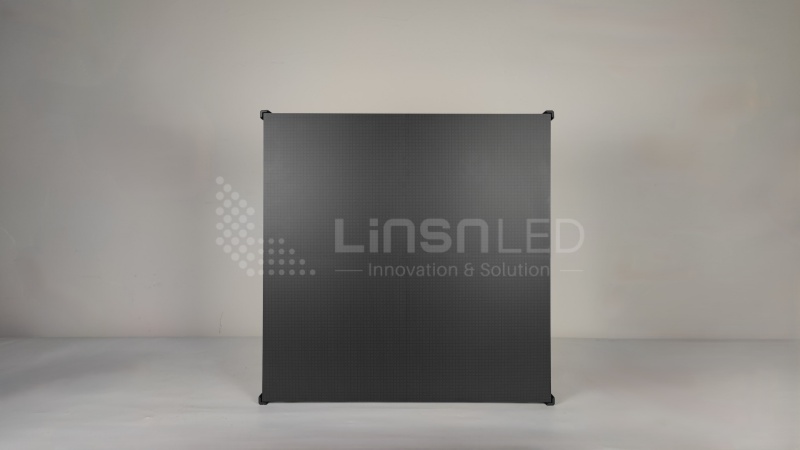

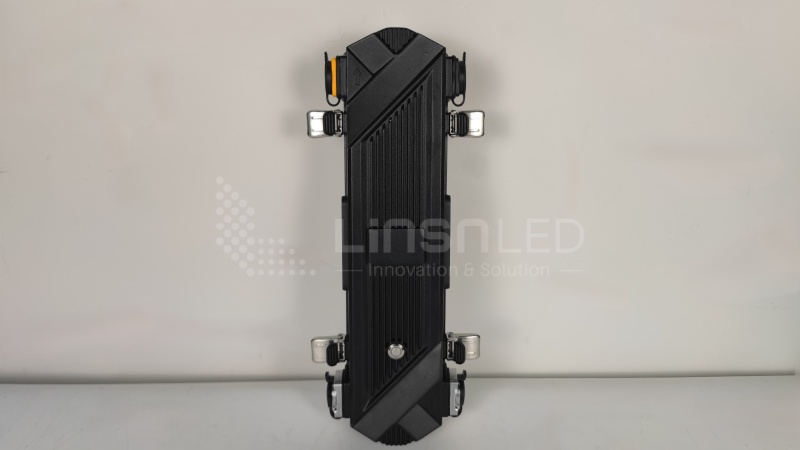
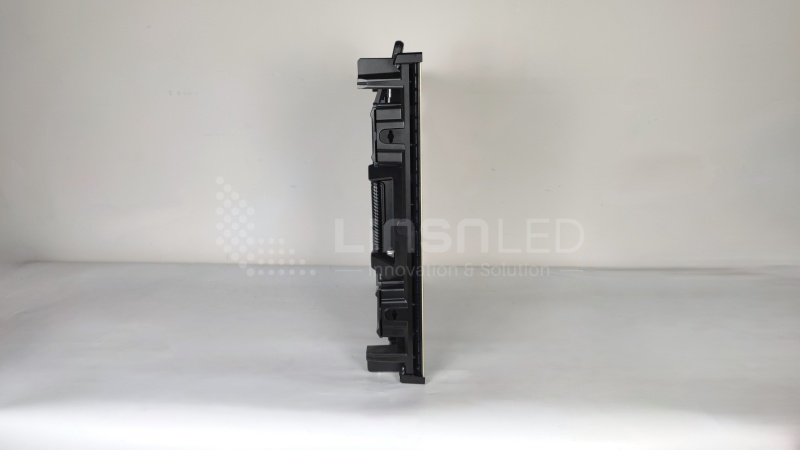
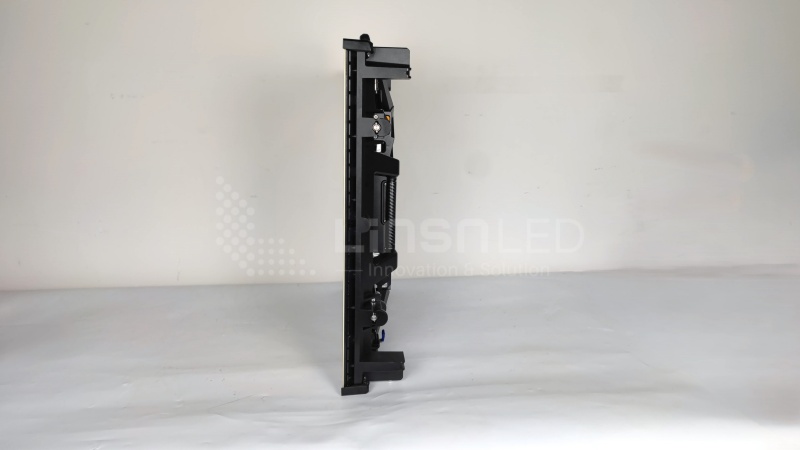

Product Videos
Specification
| Pixel Pitch (mm) | P0.9375 | P1.25 | P1.56 |
| Pixel Configuration | COB | COB | COB |
| Module Resolution (Pixel) | 160*180 | 120*135 | 96*108 |
| Module Size (mm) | 150*168.75 | 150*168.75 | 150*168.75 |
| Scan Mode (Duty) | 1/60 | 1/60 | 1/64 |
| Cabinet Size (mm) | 600×337.5 | 600×337.5 | 600×337.5 |
| Cabinet Weight (KG) | 4.65 | 4.65 | 4.65 |
| Brightness (CD/㎡) | 400~600 | 400~600 | 400~600 |
| Viewing Angle (°) | 170 | 170 | 170 |
| Gray Grade (Bits) | 16 | 16 | 16 |
| Operation Power | AC100-240V 50-60Hz | AC100-240V 50-60Hz | AC100-240V 50-60Hz |
| Max. Power Consumption (W/㎡) | 450W | 450W | 450W |
| Avg. Power Consumption (W/㎡) | 270W | 270W | 270W |
| Frame Frequency (Hz) | ≥60 | ≥60 | ≥60 |
| Refresh Frequency (Hz) | ≥3,840 | ≥3,840 | ≥3,840 |
| Working Temperature (ºC) | -10~+60 | -10~+60 | -10~+60 |
| Lifetime (Hours) | 100000 | 100000 | 100000 |
| Pixel Pitch(mm) | P1.53mm | P1.86mm |
| LED | COB | COB |
| Module Resolution(dots) | 208*104 | 172*86 |
| Module Size(mm) | 320*160 | |
| Cabinet Resolution(dots) | 416*312 | 344*258 |
| Cabinet Size(mm) | 640mm*480mm*(WxH) | |
| Pixel Density(dots/pc) | 129792 | 88752 |
| Service ability | Full front service | |
| Protection Level(Front/Rear) | IP50 | |
| Weight | 7.5kg | |
| Grey Level (bit) | 14 | |
| Brightness(cd/㎡) | 650 | 750 |
| Contrast | 6000:1 | |
| Color Gamut | ≥90% NTSC | |
| Refresh Rate (Hz) | 3840 | |
| Vert. viewing angle | 140° | |
| Brightness Uniformity | ≥95% | |
Send Us Message
If you have any LED display projects or technical problems regarding our LED display products. Please send us a message, we will reply to you in 24 hours.
ATTENTION: lf you bought LED Display & LED Module from other suppliers, Please get help from them directly.
Why COB LED Display is the Superior Choice?
COB LED display ditches the old way of doing things for a smoother, tougher, and just better picture.
Ever get that feeling you’re squinting at a screen made of tiny, glaring dots? Traditional LED displays have their limits, especially up close. That’s where COB LED display technology changes this situation.
Let’s break down what makes COB different and why it might be the solution you’ve been looking for.
Table of Contents
1. What is a COB LED Display?
When people hear the term “COB LED display,” many wonder what makes it different from the LED screens they already know. To understand it clearly, let’s first look at the basic concept, and then explore the two main bonding methods used inside.
1.1 Basic Concept of COB LED Display
A COB LED display is short for Chip-on-Board LED display. Unlike traditional LED screens that use packaged lamp beads, COB places bare LED chips directly onto a circuit board. The chips are then covered with a protective layer. The result is a flat and solid surface that looks smooth to the eye.
This structure changes how the screen performs. A COB LED screen does not show the small bumps of SMD or DIP lamps. When you look close, the surface looks even, almost like a single sheet of light. That makes text sharper and video clearer. The viewing comfort is higher, especially at short distances.
A COB LED display screen also packs more pixels into the same area. That means you can reach ultra-fine pixel pitches such as P1.2 or even P0.9. In practice, it allows 4K or 8K video walls with smaller sizes. This is why COB is now popular in boardrooms, studios, and command centers where detail matters.
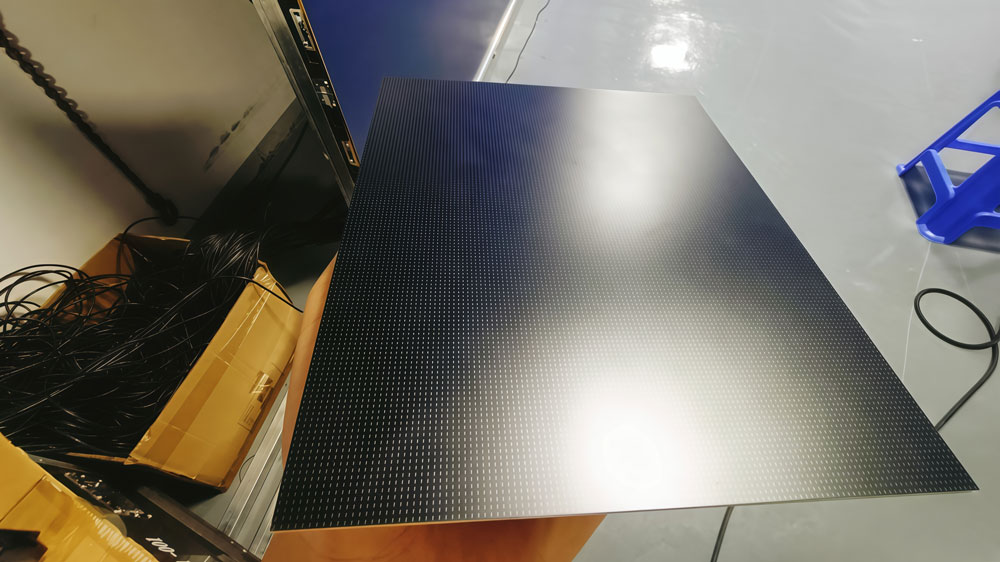
1.2 Wire-bond vs Flip-chip COB
Not all COB displays use the same bonding method. There are two main types:
Wire-bond (traditional): the chip faces up and connects to the board with thin gold wires. This method is cheaper and mature, but wires add resistance, create heat, and block part of the light.
Flip-chip (advanced): the chip is flipped upside down and bonded directly to the board. This shortens the current path, improves heat transfer, and avoids light blockage. Flip-chip COB runs cooler, looks brighter, and usually lasts longer.
In short, a COB LED display can use different internal structures. Flip-chip designs are becoming the standard for high-end video walls because they combine higher brightness with better durability.

2. LED Packaging Technology Introduction
LED displays did not start with COB. The technology has gone through a few clear stages. Knowing this helps you see why a COB LED display is different.
- DIP – the first step
DIP stands for Dual In-line Package. It looks like little bulbs standing on a board. DIP screens are bright and cheap. That is why you still see them on outdoor billboards and stadium signs. But the pixel pitch is wide, often P10 or more. Up close, the image looks rough.
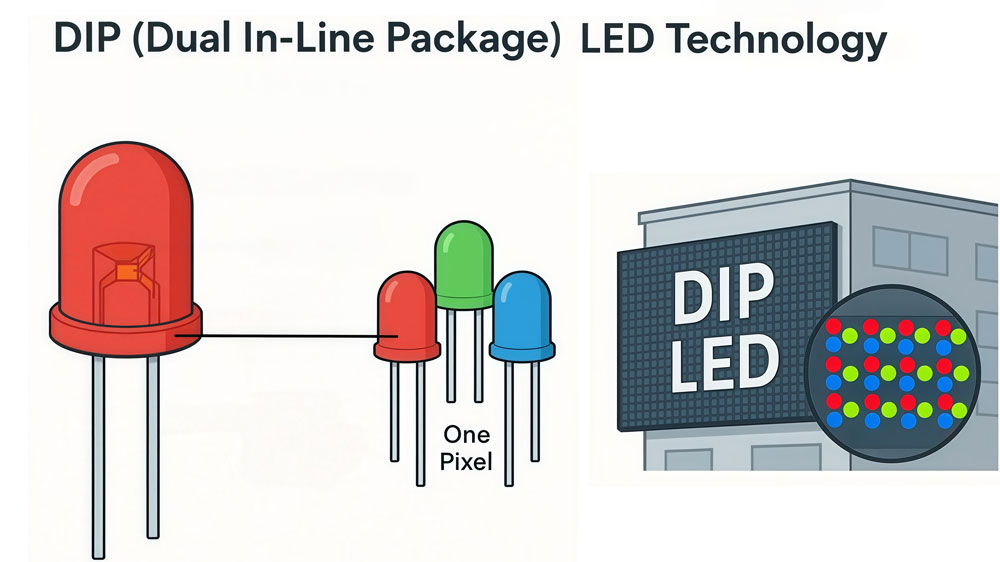
- SMD – the indoor king
Then came SMD, or Surface-Mount Device. Here, red, green, and blue chips sit inside one tiny package. This made indoor LED screen possible. An LED screen COB was not around yet, but SMD brought finer pixel pitch like P2.5 or P1.8. Meeting rooms, malls, and stages used SMD because it looked much smoother than DIP.
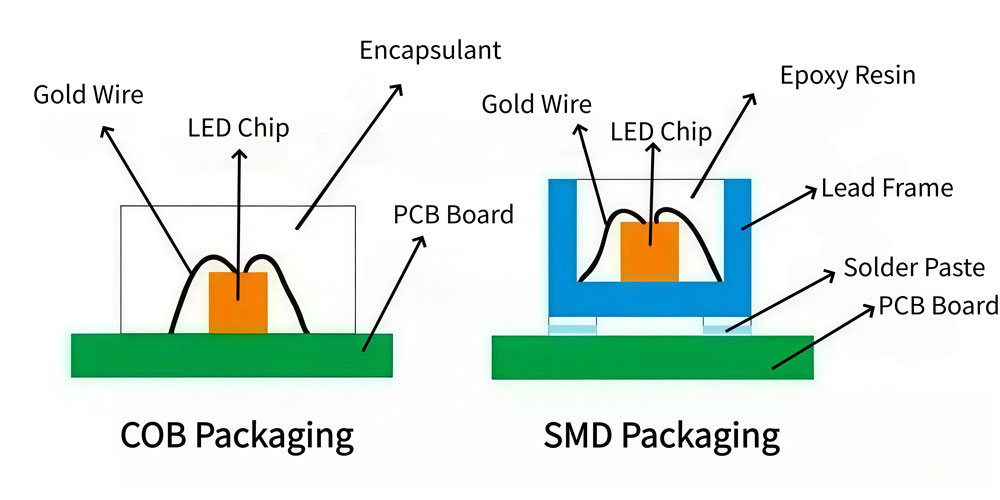
- IMD and GOB – in-between ideas
IMD groups small SMDs together to reach tighter pitches. It works, but sometimes shows grid patterns or moire. GOB is another step, where glue covers SMD beads for better protection. Both are useful, but they are still based on SMD.
- COB – the next level
Finally, COB, or Chip-on-Board. No package, no bead. Chips are placed right on the board and sealed flat. A COB LED screen looks seamless, with less glare and more strength. It can reach P1.2, P0.9, even below. That is why COB is seen as the new standard for high-end LED display screens.
3. COB vs SMD vs IMD vs GOB
It’s easy to get lost in the acronyms. Here is a simple view of how these LED packaging methods compare.
| Technology | What It Is | Strengths | Limits | Common Use |
| SMD | Small red, green, blue chips in one package | Indoor HD screens, tighter pitch, mass production | Lamps can be fragile, glare up close | Events, retail, indoor video walls |
| IMD | A group of SMDs packed in matrix form | Smaller pitch than SMD, good consistency, easier to produce in volume | Grid effect, moire, weaker protection, higher cost at fine pitch | Micro-pitch indoor walls |
| GOB | SMD covered with glue or epoxy (Gel On Board) | Better protection, moisture resistance | Lower brightness, more heat, still SMD-based | Rental screens, semi-outdoor |
| COB | Chips mounted directly on PCB, sealed flat | Ultra-fine pitch, smooth surface, wide angle, strong protection, low glare | Higher cost, harder to repair onsite | Control rooms, studios, boardrooms, high-end retail |
(1) SMD vs COB
SMD is still the most common choice. It is cheaper and easy to replace. But it shows lamp dots when you sit close. A COB LED display removes those dots. The surface looks smooth, which helps for 4K or 8K video walls.
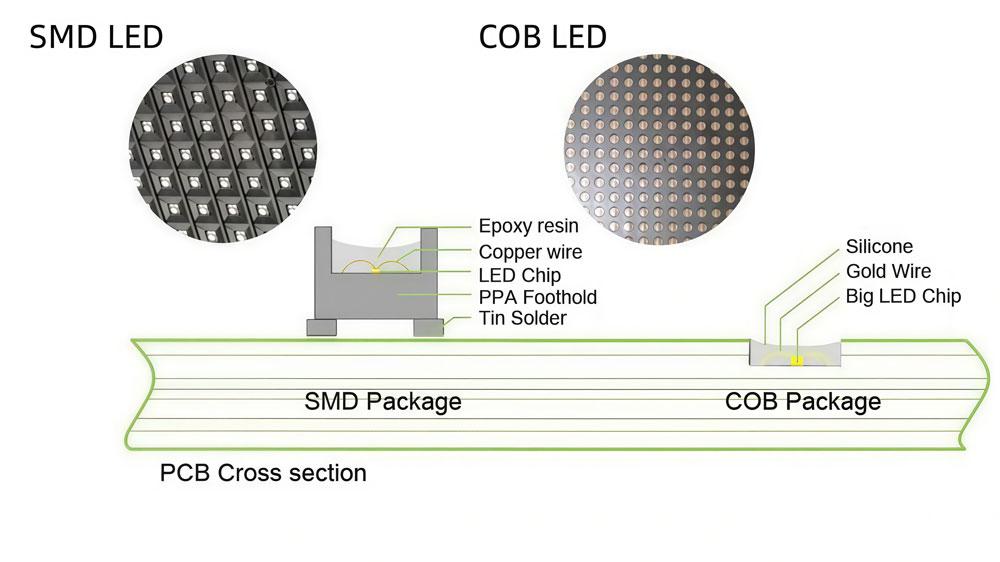
(2) IMD vs COB
IMD is like an SMD upgrade. It reaches smaller pitches but can show grid lines or moire under cameras. COB avoids that. It gives a wider viewing angle and better black levels.
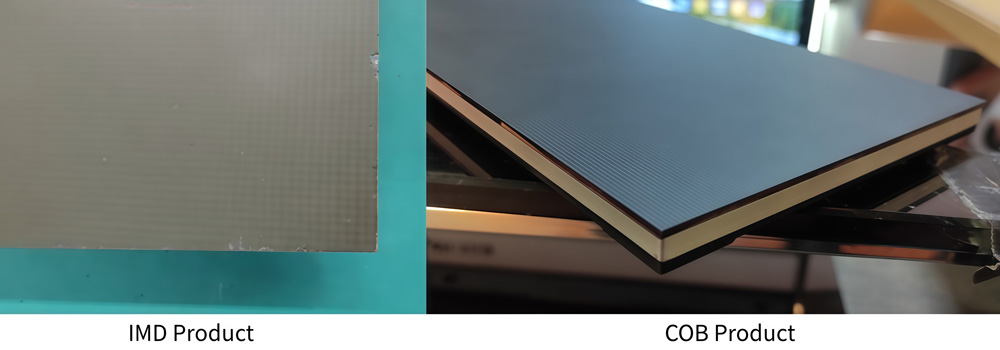
(3) GOB vs COB
GOB is a protective coating technology for SMD LEDs, where a transparent glue layer is applied to shield the beads from dust, moisture, and impact. It improves durability but may slightly reduce brightness and increase surface heat. COB, on the other hand, is a different packaging method where LED chips are directly bonded onto the PCB and then sealed. This structure provides strong protection while maintaining high brightness and efficient heat dissipation.
4. Top Advantages of a COB LED Video Wall
A COB LED video wall is not just another screen. It feels different when you stand in front of it. Here are the main reasons why many buyers see it as an upgrade.
✔ Smooth picture, no visible beads
Stand close to a normal LED wall and you see dots. With COB, those dots disappear. The surface is flat and uniform. Text stays sharp, even at arm’s length. For meeting rooms or classrooms, this makes long viewing less tiring.
✔ Wide viewing angle, less glare
A COB LED display spreads light more evenly. You don’t need to sit right in front to see clear colors. Even at sharp angles, the picture stays bright and true. This is a big win for studios, retail shops, and control rooms where many viewers look from the side.
✔ Strong protection
With COB, chips sit under a sealed layer. That protects them from bumps, dust, and moisture. If you touch the screen, you won’t knock off a lamp bead as you might with SMD. In busy spaces or rental use, this toughness saves money on repairs.
✔ Cooler and longer lasting
Good COB designs move heat straight into the circuit board. The surface stays closer to body temperature. This “cold touch” makes it safer and more comfortable to use. It also means the LEDs age slower, keeping colors stable for years.
✔ Higher resolution in smaller spaces
Because COB packs chips directly on the board, it can hit tiny pixel pitches like P1.2 or P0.9. That allows true 4K and even 8K in medium screen sizes. For boardrooms, museums, or high-end retail, this level of detail makes a big impact.
✔ Cleaner seams and easy upkeep
A COB LED display often looks seamless across panels. With better packaging, the edges stay dark and consistent. The flat surface also makes cleaning easier — just wipe gently, no gaps to trap dust.
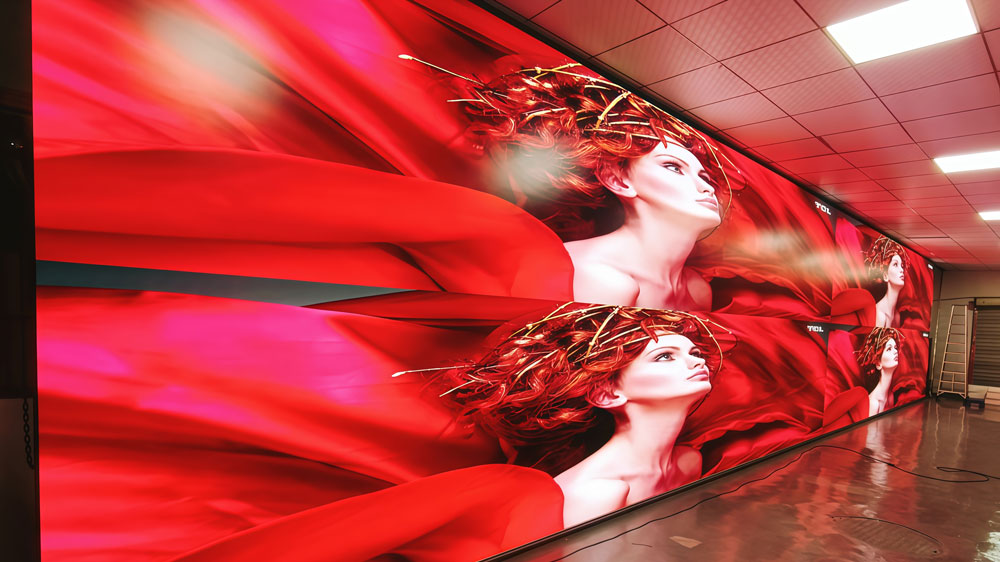
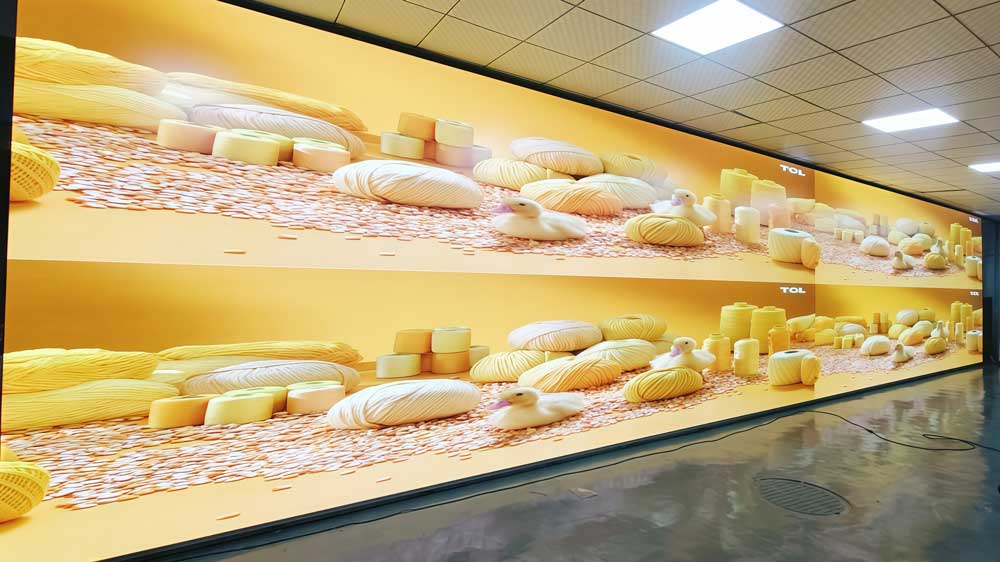
5. Where a COB LED Screen Shine?
A COB LED screen is not for every job. But in the right place, it delivers results that older LED walls can’t match. Here are the spaces where COB stands out.
Control Rooms
Operators sit close to screens for hours. They need steady brightness, sharp detail, and no glare. A COB LED display provides that. The wide viewing angle means every seat in the room sees the same image. And the tough surface keeps the wall safe in 24/7 use.
Conference Rooms
Presentations often include fine text, charts, and video. With COB, the picture stays smooth even a meter away. Executives don’t see distracting pixels. A COB LED video wall also looks sleek, adding a modern touch to the space, making it a perfect choice for a Conference LED Screen.
Broadcast Studios
Camera sensors often catch moire patterns on older LED walls. COB solves this with a flat surface and better light spread. That makes it a favorite for TV sets, film backdrops, and virtual production.
High-end Retail and Showrooms
A COB LED screen delivers deep blacks and vivid colors. Products look more attractive, and customers spend longer engaging with displays.
Education and Healthcare
COB offers easy-to-read text, detailed images, and stable brightness. It also reduces glare, making long viewing more comfortable for students and staff.
Home Theaters
For those who want the best, COB brings cinema-like quality to private spaces. With ultra-fine pixel pitch, even smaller walls can show true 4K or 8K movies without visible pixels.
6. LedInCloud COB vs Conventional COB Solutions
Not every COB LED display is built the same way. The packaging method decides how the screen looks, how bright it gets, and even how much power it uses. This is where LedInCloud’s COB stands apart.
- Ink / color uniformity
LedInCloud: even ink tone across modules. No obvious patching.
Conventional COB: uneven ink; some modules look darker or lighter in the same batch.
- Black-screen power consumption
LedInCloud: lower idle power thanks to efficient optics and underfill design.
Conventional COB: higher standby/black-screen draw in many designs.

- White-screen power consumption
LedInCloud: high brightness at lower power use (more light out per watt).
Conventional COB: needs more power to reach the same perceived brightness.

- White-screen surface temperature (touch feel)
LedInCloud: “Cold Touch” design. Surface feels nearer to body temp. Comfortable for close contact.
Conventional COB: the surface can run noticeably hot under long use.
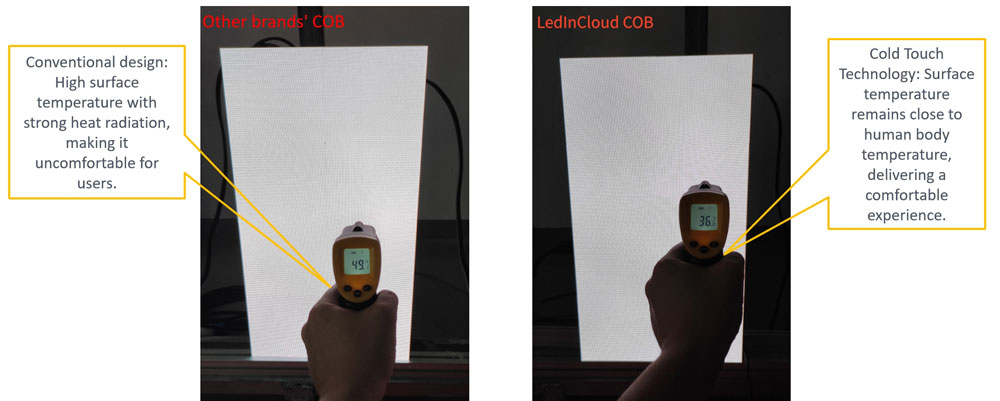
- Operating surface temperature
LedInCloud: better heat path, lower operating surface temp in tests.
Conventional COB: higher surface temperatures are common without optimized thermal design.
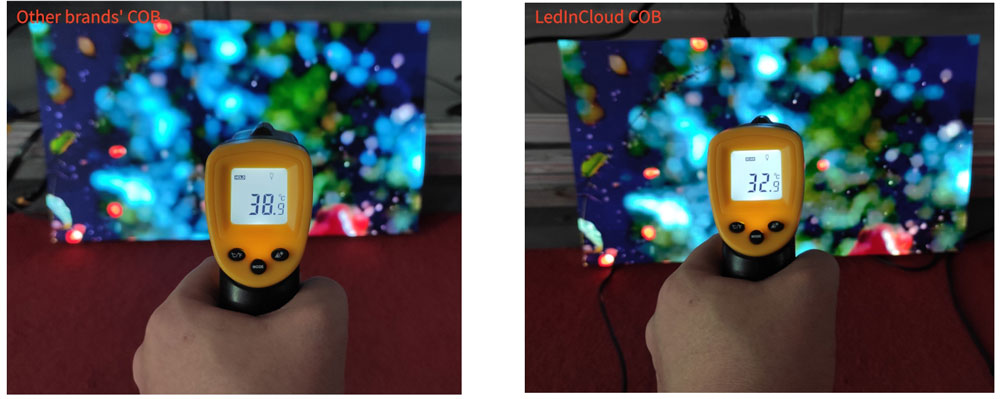
- Peak white brightness
LedInCloud: up to about 1500 cd/m² (white balance) in tested modules.
Conventional COB: typical competitor panels ≈ 1000 cd/m² (white balance).
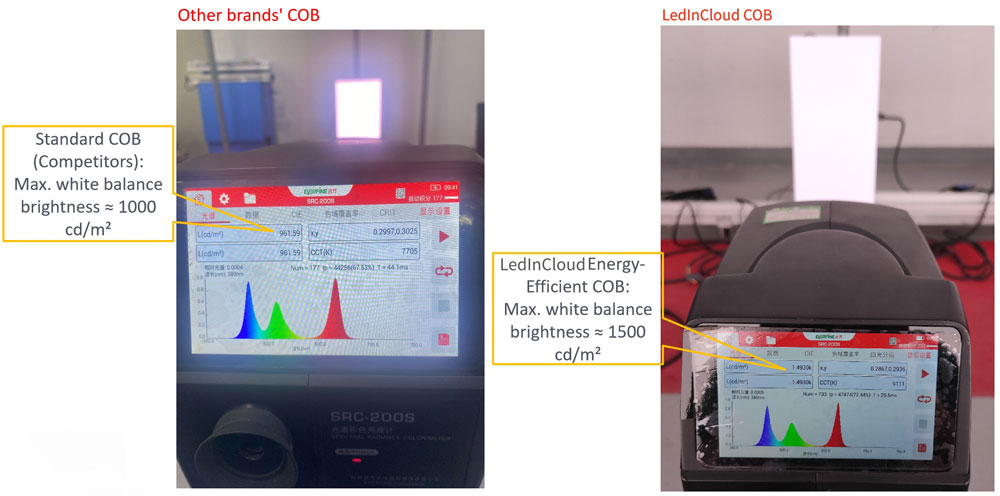
- Viewing angle & reflection
LedInCloud: wide viewing angle and matte surface that cuts stray reflections.
Conventional COB: more surface reflection and visible seams in some packaging methods.
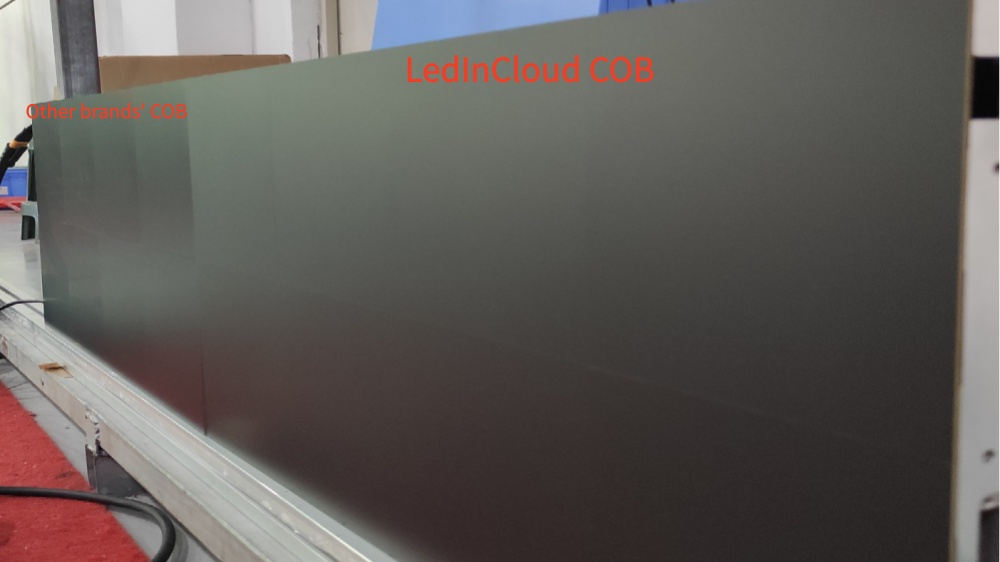
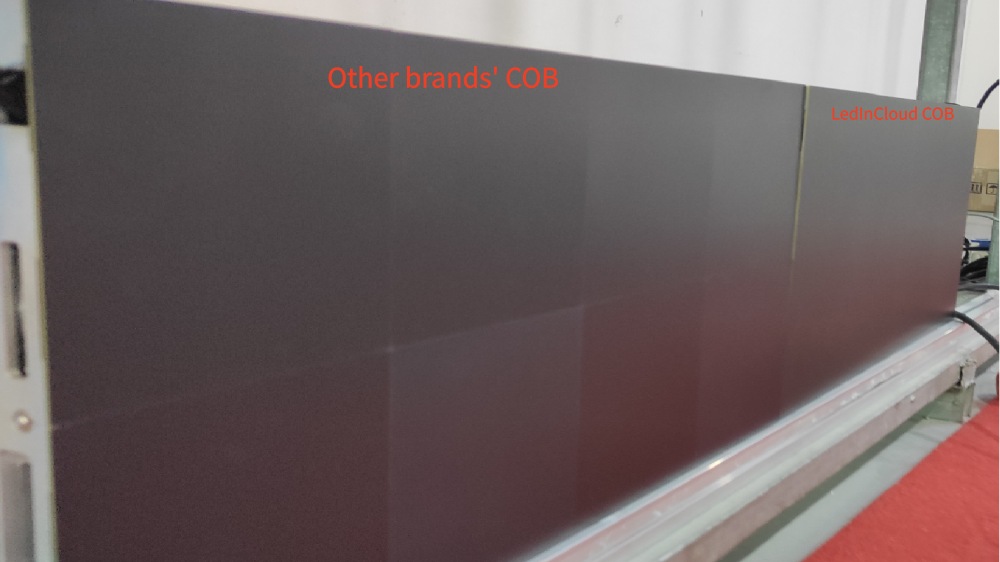
- Close-up surface effect
LedInCloud: near-seamless look. No obvious bright edges on tiles.
Conventional COB: may show white edges, haze, or uneven surface at close range.

- Long-distance (full-screen) look
LedInCloud: uniform full-screen tone, no tiled patch effect.
Conventional COB: risk of visible tiling or inconsistent darkness across the wall.

- Image quality (contrast & color)
LedInCloud: deep blacks, vivid colors, preserved detail. High perceived contrast.
Conventional COB: some designs have grayish haze, weaker blacks, lost detail in dark scenes.
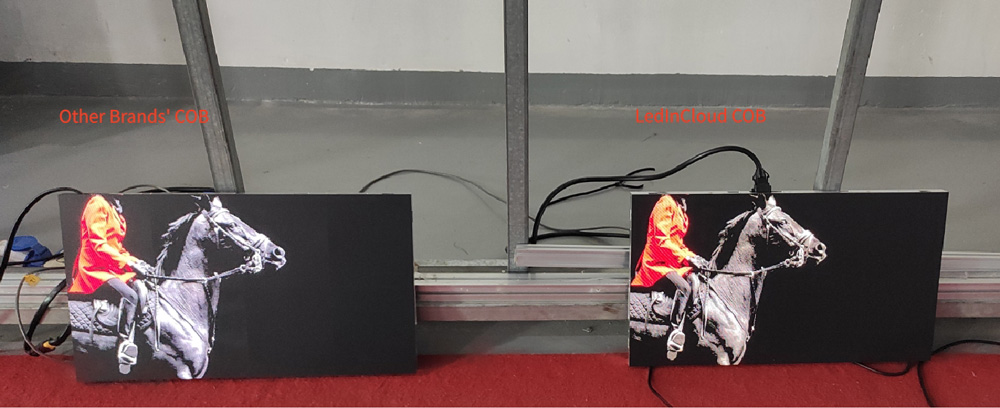
What makes LedInCloud unique is not only its COB packaging. We also provide an LED Screen Cloud Platform that provides prices check and resources download.
7. How LedInCloud COB Elevates the Standard?
The difference between an average COB LED display and a LedInCloud COB display lies in the details of the packaging. After years of refining encapsulation, bonding, and process control, LedInCloud COB delivers a higher level of performance.
7.1 Encapsulation Technology
Conventional COB uses a black surface film. While it improves surface contrast, it blocks more than half the light. Brightness drops and power use rises.
LedInCloud COB uses black underfill with a transparent top encapsulation. This design keeps the surface dark but lets light pass through at much higher rates.
The result: brighter images, lower power use, and a clearer picture even in bright rooms.

7.2 Packaging Process Comparison
When panels are cut and spliced, conventional COB often suffers from white edges, haze, and visible seams. These flaws break the seamless effect that buyers expect from a premium video wall.
LedInCloud applies an underfill process that avoids these defects. Seams remain dark, edges stay stable, and the entire wall looks smooth from any angle.
The result: a clean, seamless COB LED display screen without distracting lines.

7.3 Die Bonding Process
Color uniformity is another weakness of conventional COB displays. Using dies from a single bin often creates patchy brightness and uneven tones once panels are joined.
LedInCloud adopts a mixed die bonding process, distributing dies from different bins evenly. This balances brightness and color across modules.
The result: stable, uniform images without the patch effect that plagues conventional COB.

7.4 Impact on the Surface and Edge
A LedInCloud COB LED display screen is brighter, cleaner, more uniform, and more durable than conventional COB.
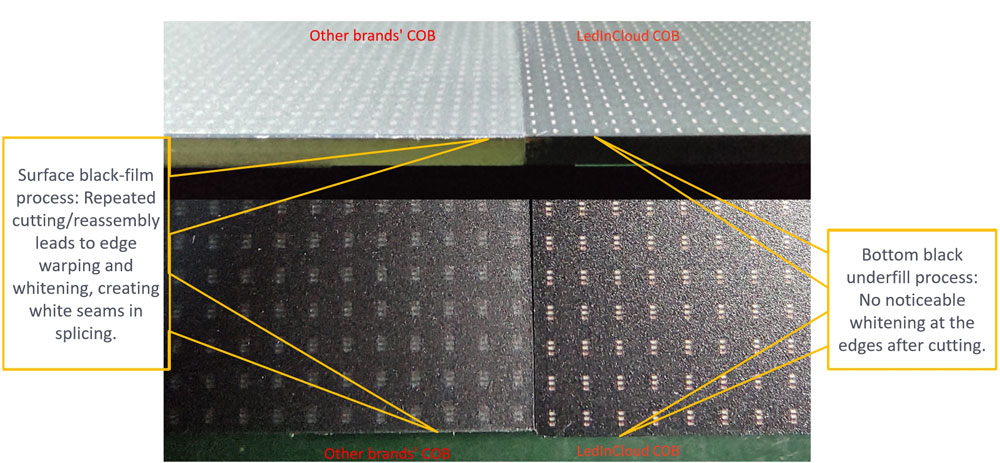
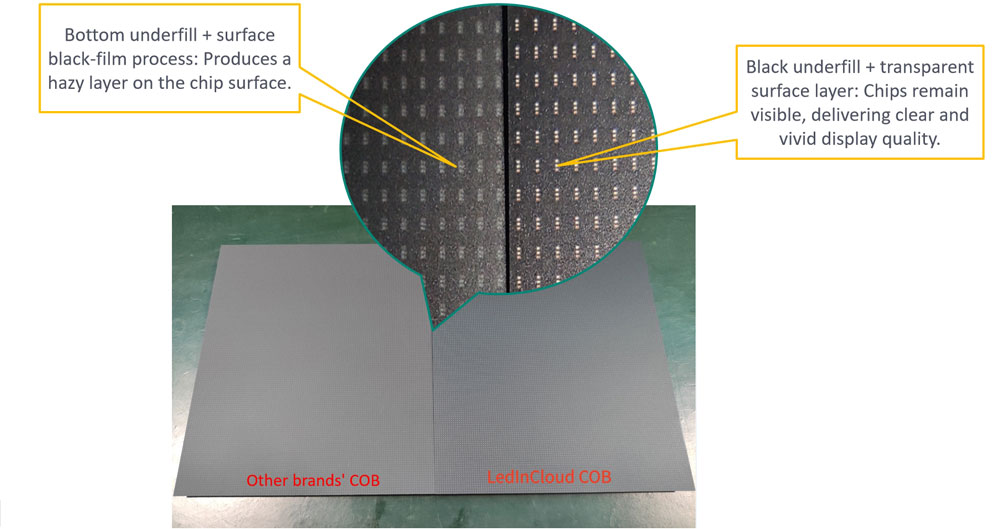
8. How to Maintain a COB LED Display Screen?
A COB LED display screen is built to be tough, but like any precision product, it performs best with proper care. Maintenance is simple if you follow the right steps.
(1) Keep the environment stable
Avoid high humidity, heavy dust, or direct water contact. While COB is sealed and more resistant than SMD, stable indoor conditions help extend its life.
(2) Power on and off correctly
Always power down the system before unplugging cables or moving panels. Sudden disconnections under load can stress the circuits.
(3) Regular inspection
Check modules and power supplies from time to time. Look for abnormal heat, color drift, or loose connections. Early detection keeps small issues from becoming big ones.
(4) Cleaning the surface
The flat, sealed surface of a COB LED screen makes cleaning easy, but it should be done carefully:
👉 Steps:
- Wet a tissue with purified water, or use a non-alcoholic wet tissue.
- Gently wipe the screen surface with the wet tissue.
- Use a dry tissue to wipe again until the surface is clear.
- Done — the screen is clean and ready.
Avoid using alcohol, harsh chemicals, or abrasive cloths. These can damage the protective layer.
With simple care — a stable environment, safe handling, and gentle cleaning — your COB LED video wall will keep its brightness and color quality for years.
9. Future Trends of COB Technology
COB is not the end point. It is a step toward finer, smarter, and more versatile LED displays. The next few years will bring several clear trends:
Smaller pixel pitch, bigger detail: With COB, pixel pitches below P1.0 are already possible. Soon, COB LED screens with P0.6 or even smaller pitch will make 8K resolution common in compact video walls. This will drive demand in boardrooms, home theaters, and control centers where detail is critical.
Integration with Mini and Micro LED: Mini LED and Micro LED both rely on tiny chips. COB packaging is one of the best ways to mount and protect these chips. Expect to see COB LED display screens using Micro LED for ultra-high brightness, perfect blacks, and unmatched durability.
Wider use in XR and virtual production: Studios for film, TV, and gaming are moving toward XR stages. A COB LED video wall offers smooth surfaces and camera-friendly visuals, reducing moiré and reflections. This makes COB a natural fit for virtual sets.
Smarter systems and energy focus: Future COB designs will include built-in calibration, AI-assisted monitoring, and lower-power driving modes. The aim is not just better visuals but also lower running cost and greener operation.
10. FAQs
Q1: What makes a COB LED display different from SMD?
COB mounts chips directly on the board, while SMD puts them in small packages first. COB looks smoother, runs cooler, and is more durable, but costs more upfront.
Q2: Can a COB LED screen be used outdoors?
Most COB products today are designed for indoor use. The fine pitch and surface design make them ideal for indoor spaces like control rooms, studios, or retail.
Q3: Is COB harder to repair?
Conventional COB used to be tricky to fix. But modern processes allow single-pixel or small-area repairs without replacing whole modules. LedInCloud COB is designed with serviceability in mind.
Q4: How long does a cob led display screen last?
With proper use and care, COB can run for 100,000 hours or more. That’s many years of stable performance.
Q5: Is the cost worth it?
The upfront cost is higher than SMD, but lower energy use, stronger durability, and better image quality often make the total cost of ownership lower in the long run.
11. Conclusion
LED packaging has evolved from DIP to SMD and now to COB. Each step has brought better visuals and wider use. Today, a COB LED video wall offers smooth surfaces, higher brightness, and stronger protection than older designs.
LedInCloud takes COB further with advanced encapsulation, mixed die bonding, and cleaner seams. The result is a display that looks better, lasts longer, and costs less to run. Contact LedInCloud for free quotation.
More Products
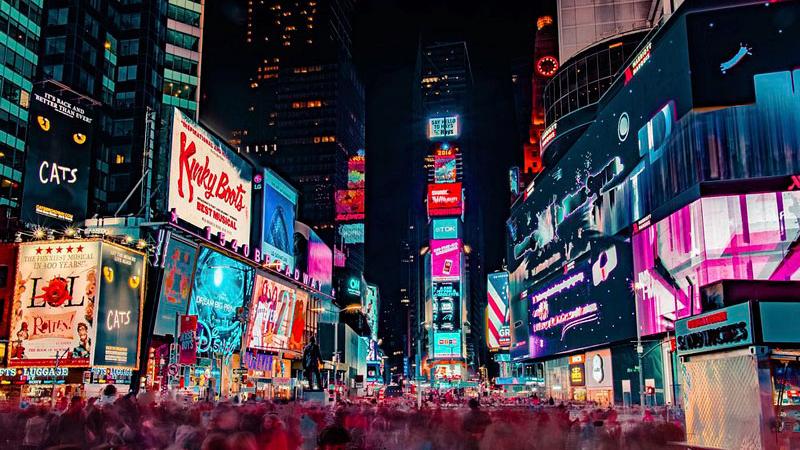
Outdoor LED Screen
Outdoor series featuring high protection, brightness, and easy installation.
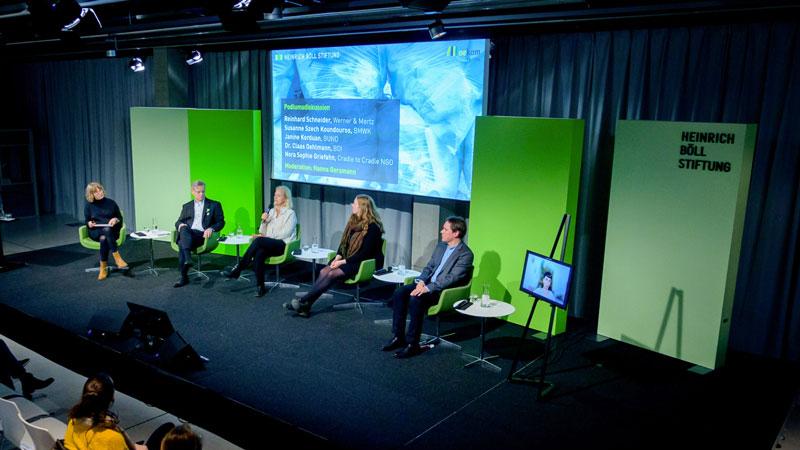
Indoor LED Screen
The high-definition LED screen delivers vibrant and clear visual performance.
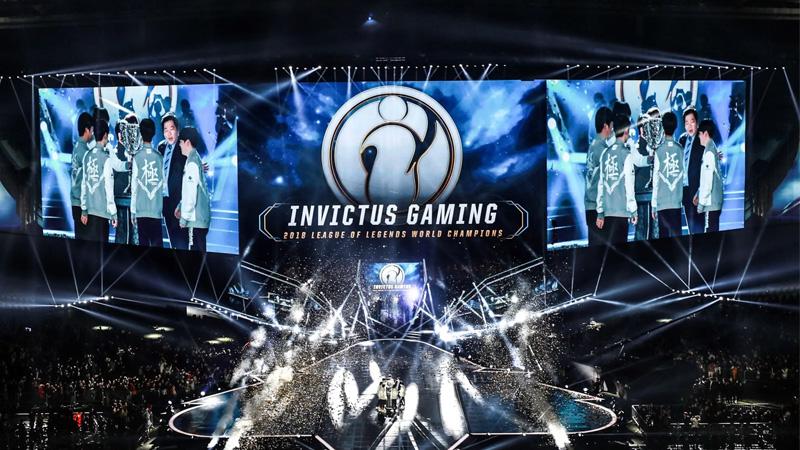
Rental LED Screen
Easy installation and maintenance, with excellent visual performance.
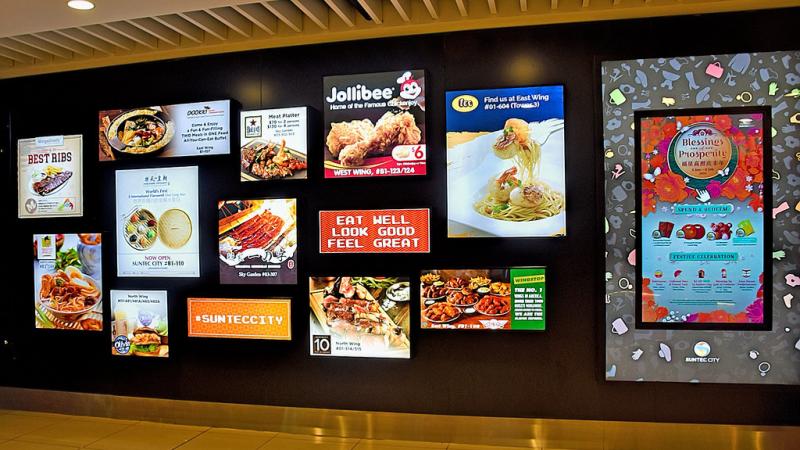
Commercial LED Screen
Various types of LED screens to enhance benefits for commercial venues.

